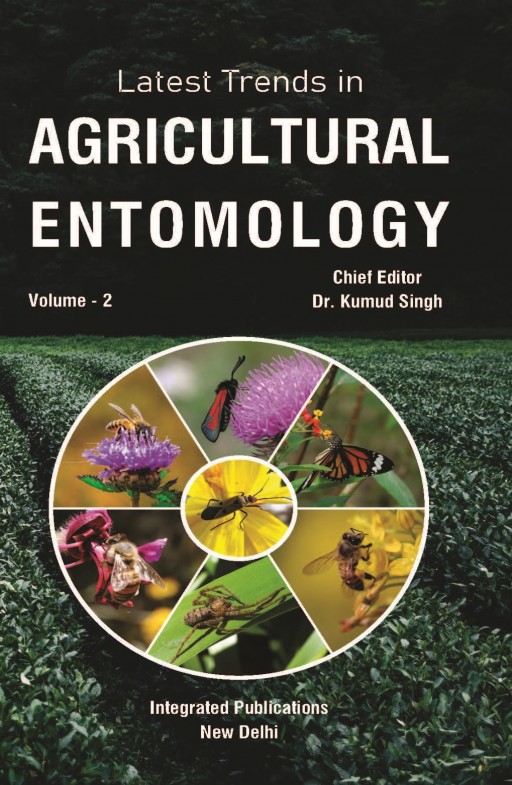Beekeeping and Lac Culture in India


Abstract Beekeeping is the rearing of honey bees. It is a secondary occupation and requires less investment so can be taken up by small and marginal farmers easily. It provides round year employment in the activities of managing hives, migrating honeybee colonies from crop field to crop field, harnessing honey and other bee hive products. India has a potential of about 200 million bee colonies as against 3.4 million bee colonies today. There are various constraints in beekeeping. These include indiscriminate use of pesticide, lack of sufficient financial help, unorganized markets, lack of technical knowledge etc. If these problems are solved then India can reach its potential in beekeeping. Solutions to these problems are creating awareness among farmers by organizing krishi mela or extension officer can also help in spreading awareness, proper training should be provided to farmers for quality production of honey, loans with low rates should be provided to farmers, national law should be enacted on safe use pesticides. Lac is a naturally obtained resinous substance which is secreted by a scale insect known as Laccifer lacca which belongs to the family Tachardiidae (Kerriidae) and is from order Hemiptera. Lac produced by these insects consists of wax, resins and dyes and they do offer its wide range of applications in various sectors such as bangles, pharmaceuticals, cosmetics, dyes, paints, food etc. These natural resins are of wide industrial applications also. Among the various countries, India ranks first and India is the largest lac producer in the world. Analysis of annual lac production data during Plan XI (2007-2008 to 2011-2012) in India shows an average production of 16.246 thousand tons in country. Highest Average Annual Production Stated by the State of Jharkhand (6.306 thousand tonnes). India exports 75% of its lac produced to over hundred countries in both processed and semi-processed forms. Lac cultivation in India is done on large scale and it also promotes biodiversity and conserves the host plants.